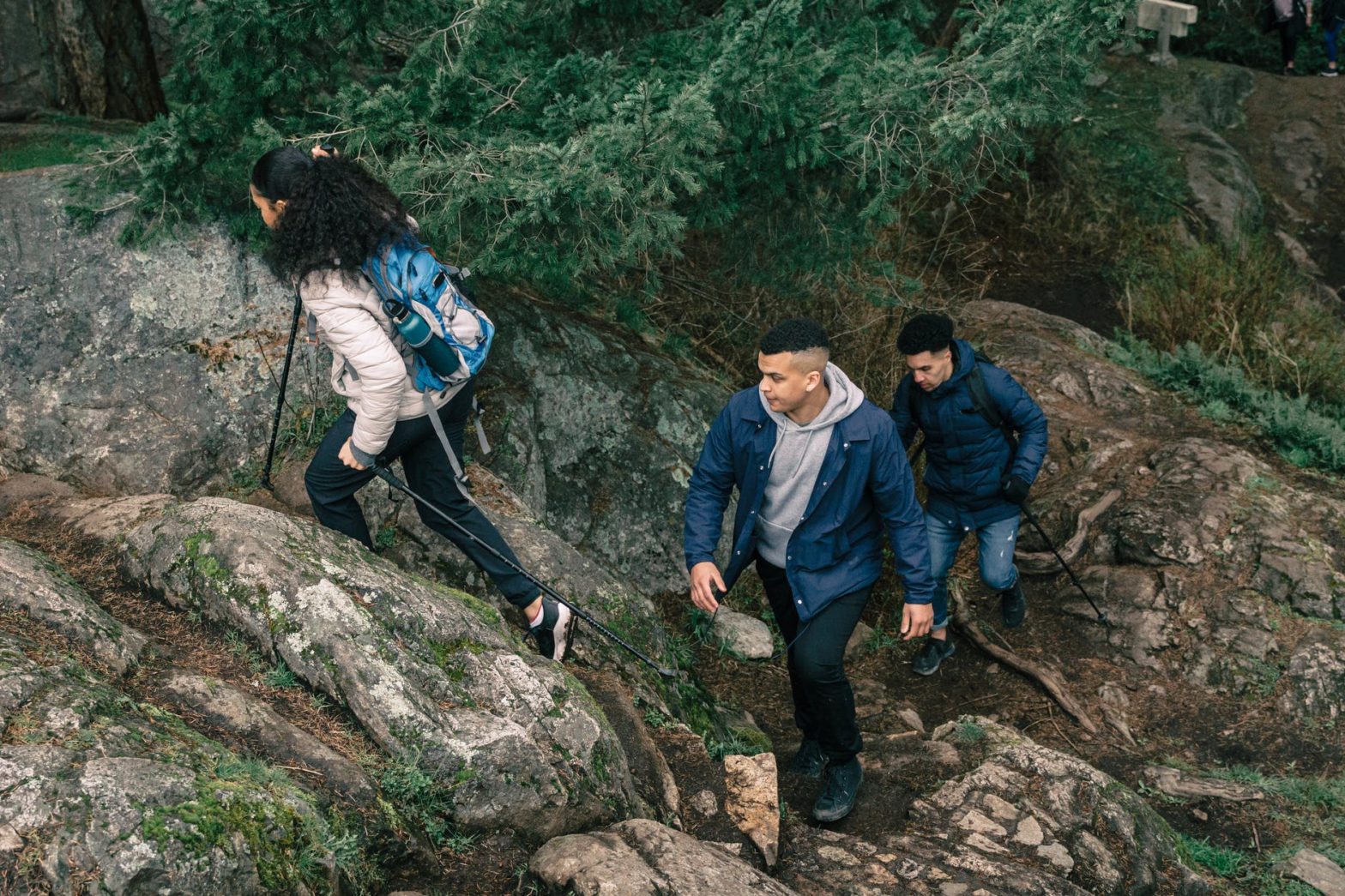Nature is endowed with so many beautiful features, but there are some truly killer mountains to be seen. Some welcome climbers of various skill levels, and then there are those that, frankly, are best admired from afar because of their inhospitable conditions.
Even if you aren’t one for climbing or hiking, some mountains allow for skiing, tubing, cycling, and swimming in the nearby streams. Doing nothing is also an option. Spread a blanket on the ground, bask in the stillness, and be rejuvenated by the fresh, earthy air you won’t get in a city.
Here are 7 photogenic mountains to add to your list of future adventures.
1. Mount Everest

Let’s start with a mountain everybody knows, located on the border of China and Nepal.
The majestic Mount Everest simultaneously inspires awe and fear, because climbers are at the mercy of some brutal elements. For some, the clout that comes with conquering Everest is worth the risk.
According to The Explorer’s Passage, 4,000 climbers have managed this remarkable feat.
One of the leading causes of injury and death when ascending Mount Everest is inexperience. Not only do you need to be in optimal shape, you have to work on your lung capacity to weather extreme altitude changes.
According to Tibet Vista, “many fail to correctly estimate their stamina and physical limit. They have no idea when to stop climbing and return to lower base camp. Instead, they keep ascending, which leads to tragedy.”
Everest climbers have died over the years due to falls, avalanches, altitude illness and hypothermia. In some particularly tragic cases, bodies are left where they are found, preserved by the cold, because transporting them is both costly and dangerous.
With all this in mind, it’s perhaps best to let the pros tackle this bad boy, but at least you can admire Everest in pictures.
2. Kilimanjaro

Let’s move on to the Tanzanian beauty, Kilimanjaro, the tallest mountain in Africa, and, according to National Geographic, the “largest free-standing mountain in the world.”
Kibo, the summit, is covered in snow, and its sister peaks are Mawenzi and Shira. Kibo is a dormant volcano that hasn’t erupted in ages, but there’s a slight chance it could again. The other two are extinct.
The Climbing Kilimanjaro site rates the mountain as easier than Everest, but hardly a stroll on the beach. Expensive gear isn’t needed, but your guide will encourage you to ascend slowly to conserve your energy and avoid altitude sickness.
The Explorer’s Passage mentions you’ll have to contend with “19,341 feet of elevation, and several days of hard trekking to the summit.”
Be sure to plan your trip during the dry season, because the last thing you want is be caught in a monsoon, and have the views of Mount Meru and The Serengeti ruined by dark, ominous clouds.
3. Mount Fuji

Mount Fuji, considered by some to be sacred, is the tallest mountain in Japan and is approximately 100 kilometers from Tokyo.
According to Unmissable Japan, Fuji attracts 300,000 people a year, and the ideal time to climb is in the summer, because at other times, “temperatures can drop below -40 °C and high winds have occasionally blown people right off the mountain.”
Fuji’s last eruption was in 1707, but some experts believe it may erupt again if a strong enough earthquake occurs.
4. The Matterhorn

The Matterhorn, on the border of Switzerland and Italy, recalls a jagged tooth, making it an easily distinguishable feature of the Alps.
It rises to about 15,000 feet, and roughly 500 people have died attempting to scale it since the first documented ascent in 1865. In their memory, there’s a metal cross at the summit.
Not really into climbing? No biggie. How about paragliding with a professional, allowing you to enjoy The Matterhorn and the surrounding areas in a unique way? You can purchase three tiers of tickets with different starting points from The Matterhorn Paragliding website.
5. Blue Mountains

The Blue Mountains are no doubt a jewel in the Jamaican crown, and are worth a visit if you’re the kind of adventurer unbothered by heat and mosquitoes.
According to Culture Trip, these mountains were designated a UNESCO World Heritage Site in 2015, “because of the variety of flora and fauna which are endemic to the island.” The Blue Mountains are synonymous with coffee that is enjoyed the world over.
Strike up a conversation with the rangers at Holywell National Park to learn more about this mountain range. From the park, you have access to a number of hiking trails, taking 30 minutes to an hour to complete, depending on your speed and fitness level.
6. Carpathian Mountains

The Carpathian Mountains stretch across several countries in Eastern Europe, mostly Romania. They were the backdrop for Bram Stroker’s Dracula.
These mountains have seduced visitors for generations, which, as Rolandia highlights, are famous for their “terrifying wilderness, ridges covered with tall fir-trees that defy gravity, and beautiful meadows.”
Visitors enjoy hiking and biking when the weather permits, but be mindful of the wildlife, especially the bears and lynxes.
7. Atlas Mountains

The locals call the Atlas Mountains in Morocco ‘Idraren Draren’ (Mountains of Mountains). They are the tallest range in northern Africa.
What makes these mountains unique from the others on this list is that people live among them. According to Enchanting Travels, the Berber people “reside in clay huts and caves like their ancestors, while others lives in hamlets in the valley,” happy to have very little if anything to do with the modern world.
Serious hikers usually walk through the Imlil Valley to access Mount Toubkal, the highest peak. It’s also possible to bike or ride mules. If it’s your first visit, make the journey with a guide, and consider learning a few phrases in Berber to honor the local culture.
